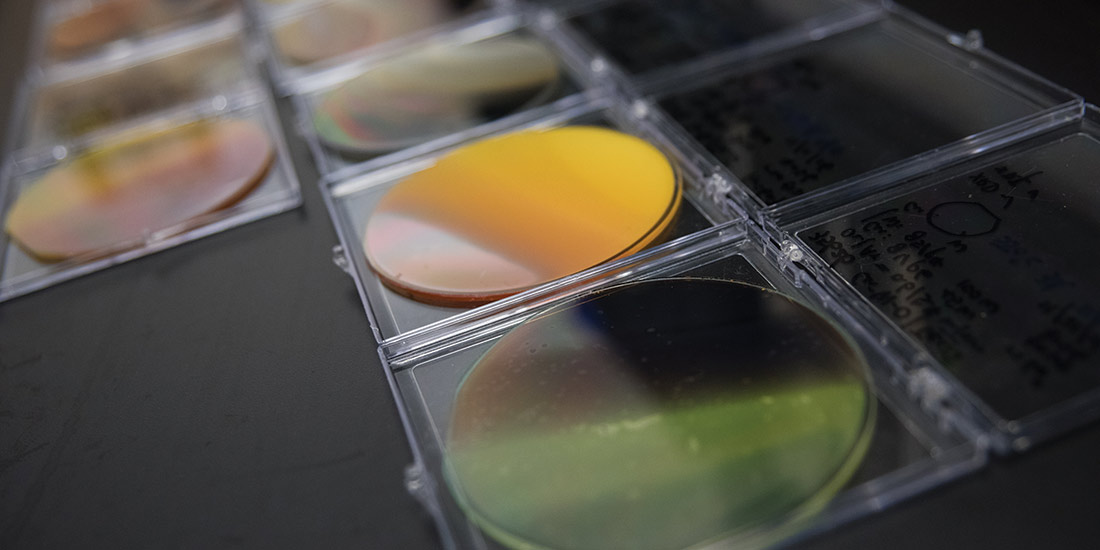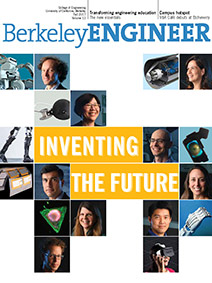
Materials genome to solar fuels
It took four decades for researchers to find 16 photoanodes, or materials that will generate electrical current in response to light. But using a new set of research tools, a team from Berkeley Lab and Caltech, including materials science and engineering professor Kristin Persson, has recently identified 12 more. The discovery is significant because photoanodes hold promise for creating solar fuels by converting sunlight, water and carbon dioxide into a usable form of energy without creating noxious emissions. But maybe even more significant is the method by which the new photo-anodes were found. Using Berkeley Lab’s Materials Project — which Persson directs — and in collaboration with the Joint Center for Artificial Photosynthesis, the Molecular Foundry and the National Energy Research Scientific Computing Center, the researchers were able to mine the Materials Project database for good solar fuel candidates. Then using a high-throughput theory-experiment pipeline, the team was able to quickly identify, synthesize and test the best candidates, a process that holds promise for future materials research.
